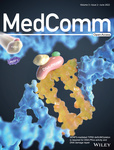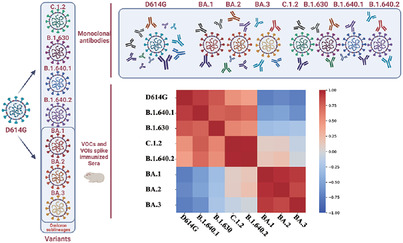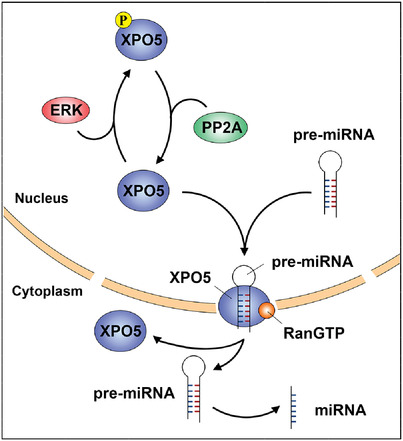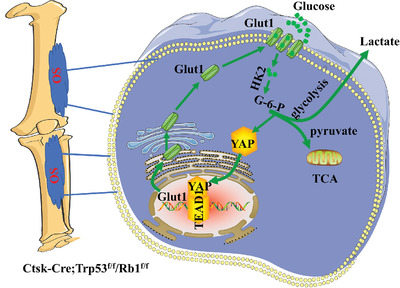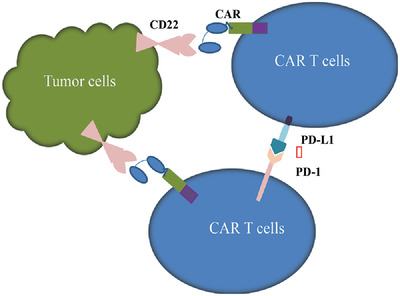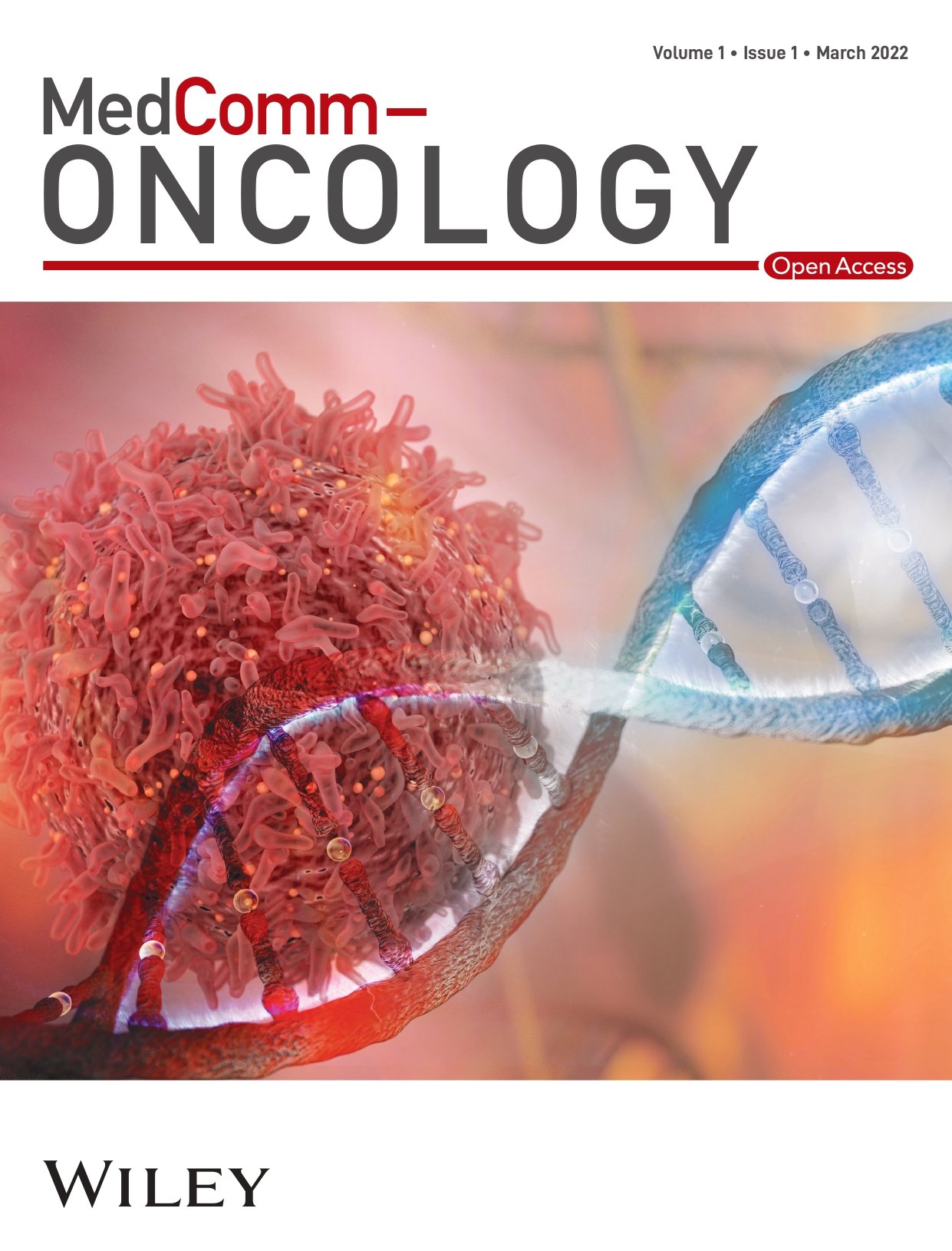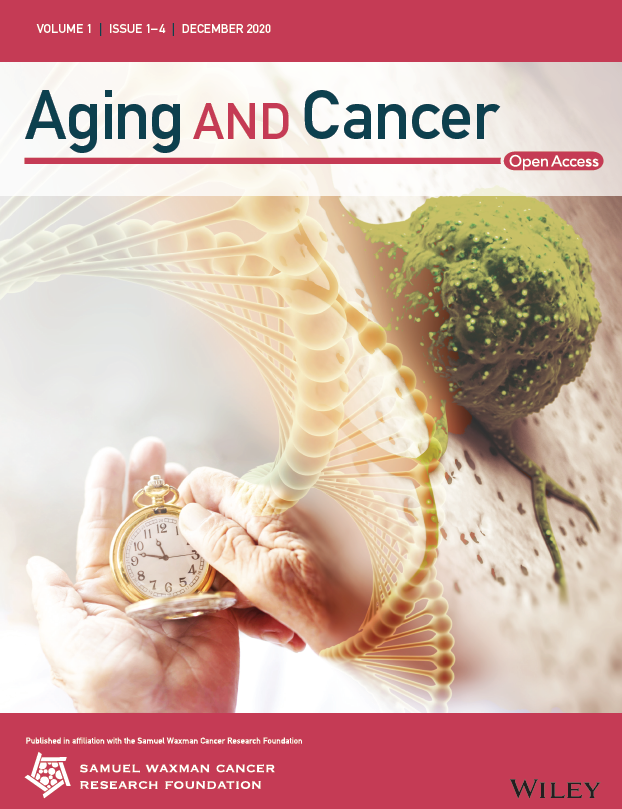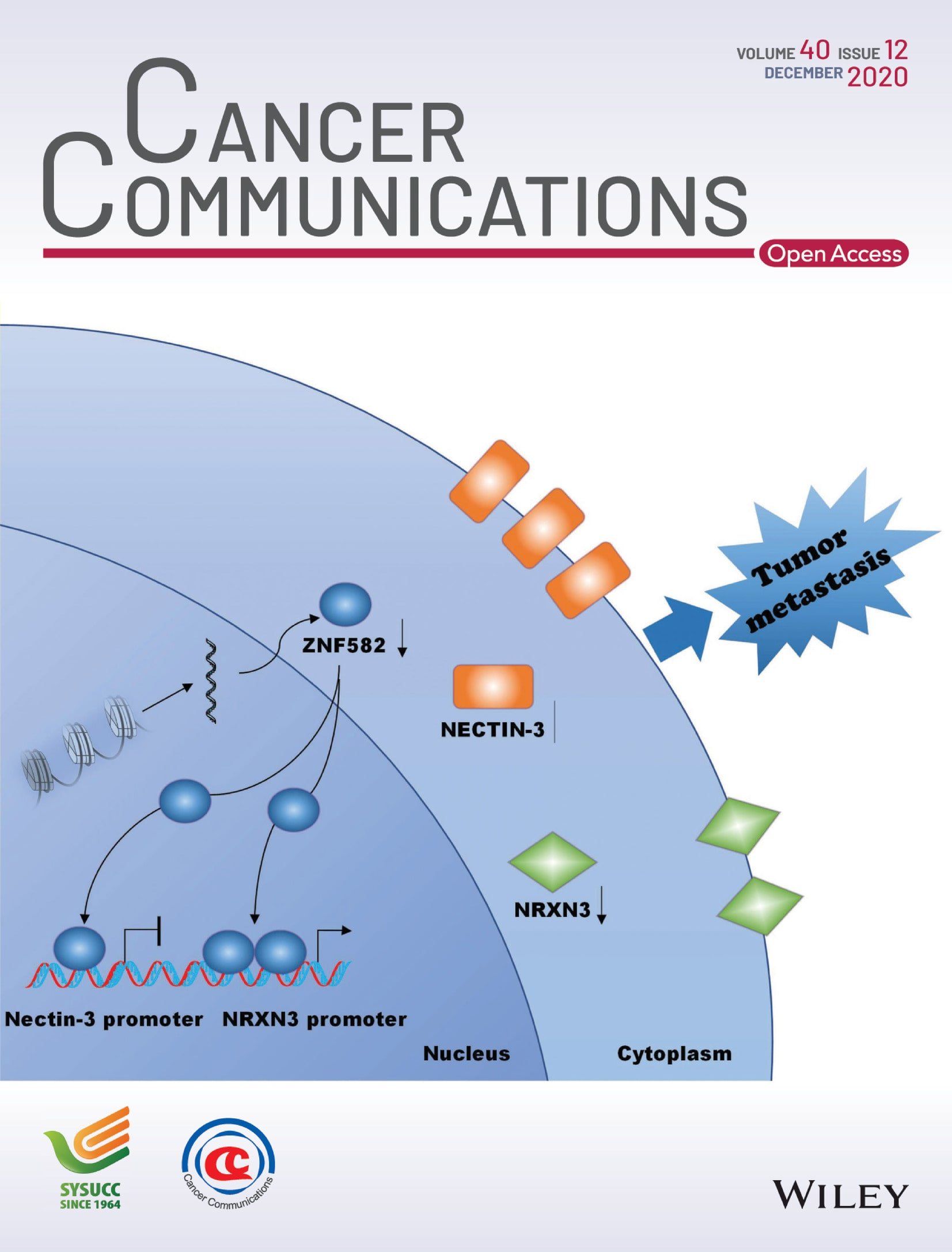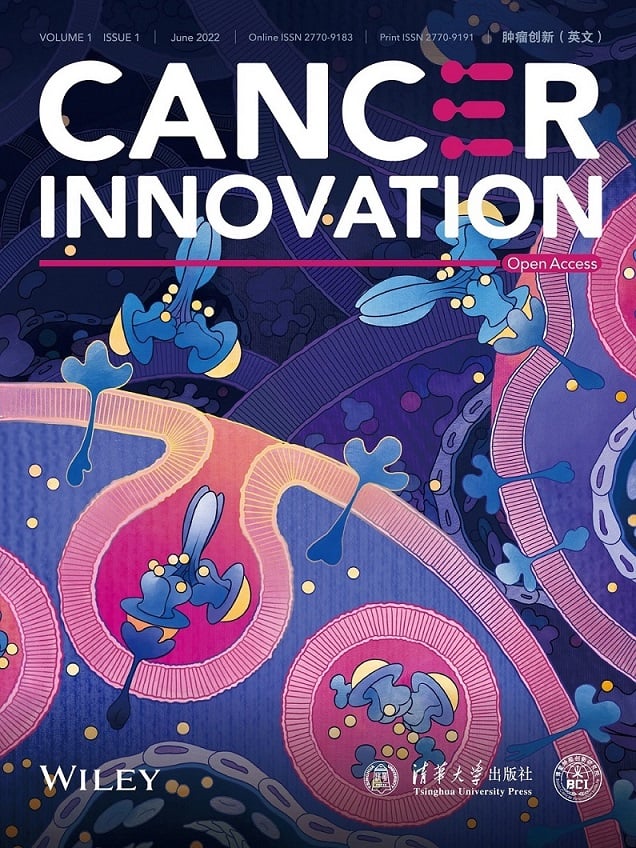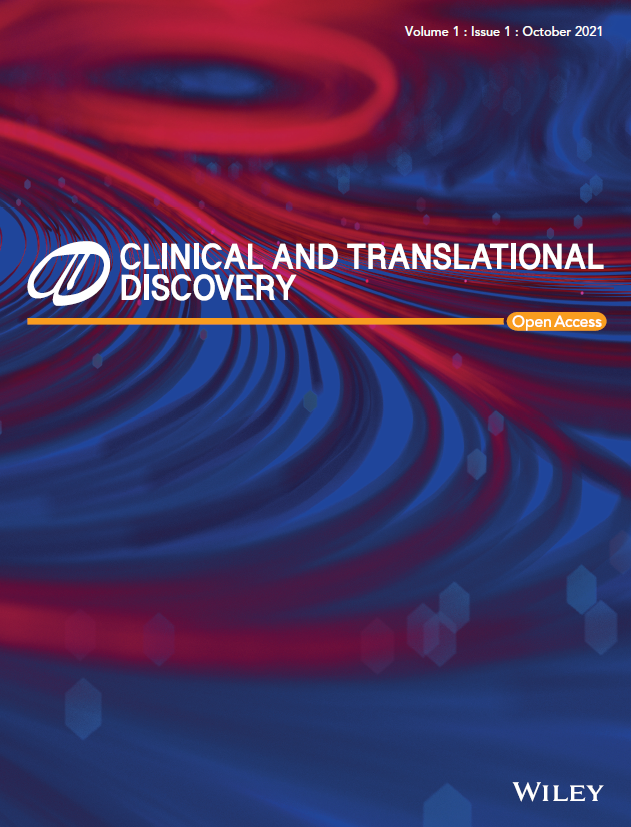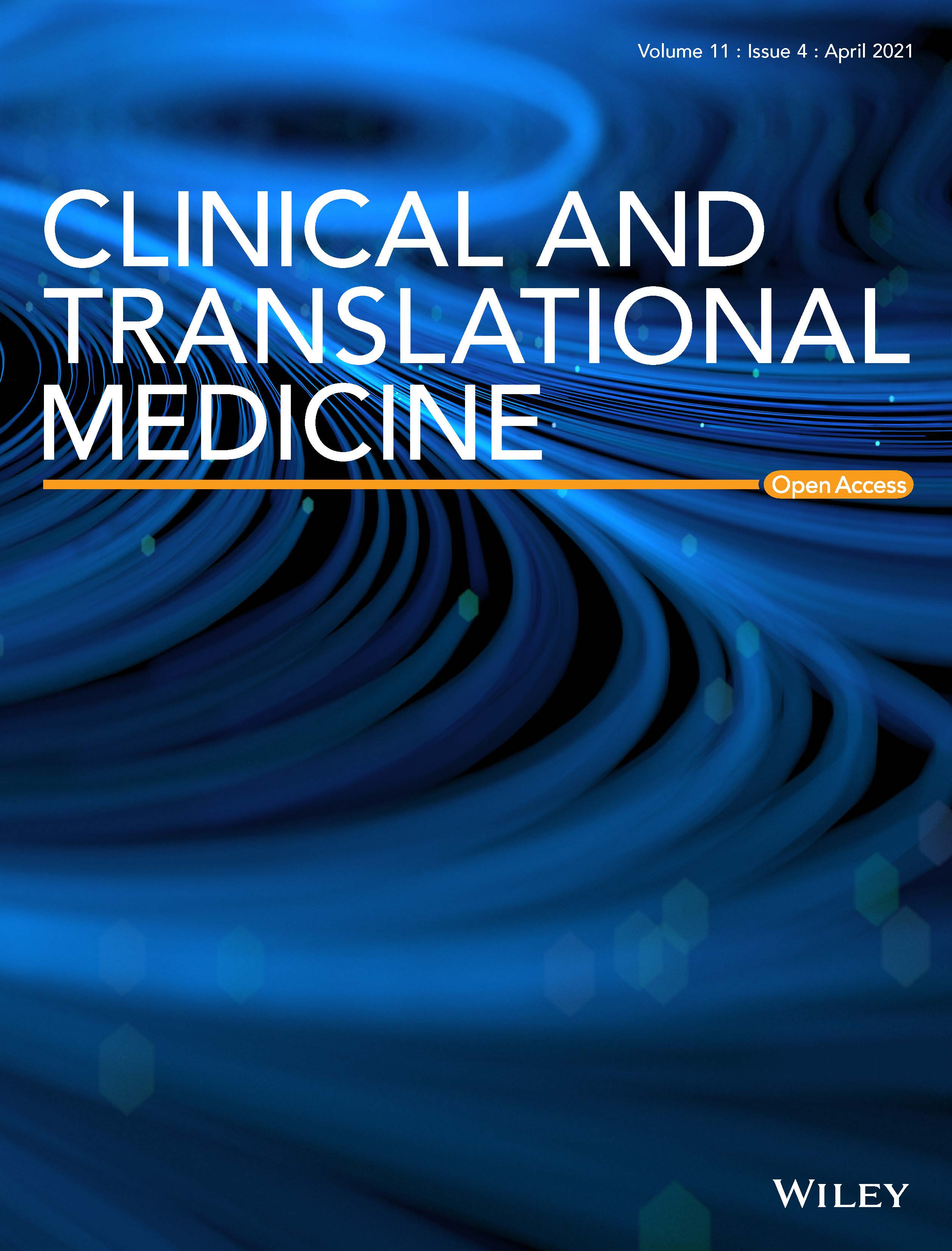Journal list menu
Export Citations
Download PDFs
REVIEWS
STAT3 pathway in cancers: Past, present, and future
- First Published: 23 March 2022
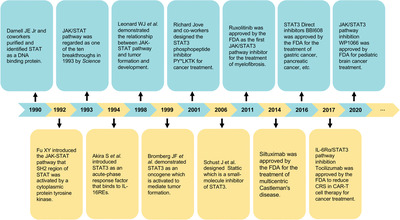
Since the discovery of the signal transducer and activator of transcription 3 (STAT3) in 1994, the STAT3 pathway has been proven to play a pivotal role in cancer initiation, progression, and metastasis. This review summarizes the mechanisms of the STAT3 pathway regulation and the relationship between the STAT3 pathway and cancer hallmarks. The emerging development of the STAT3 pathway inhibitors, novel drug delivery systems, and perspective on the overall utility of the STAT3 pathway are also introduced.
Redox signaling at the crossroads of human health and disease
- First Published: 31 March 2022
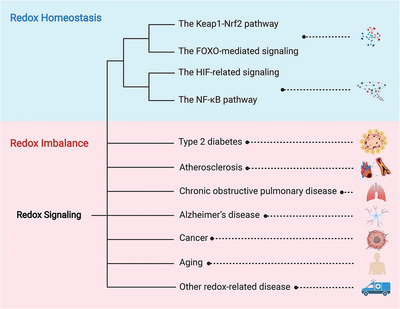
Redox homeostasis is essential for human health, supported by multiple functional signaling pathways including the Keap1-Nrf2, FOXO, HIF and NF-κB pathways. However, redox imbalance causes multiple serious diseases such as type 2 diabetes, atherosclerosis, chronic obstructive pulmonary disease, Alzheimer's disease, cancer, and aging. Our review emphasizes the significance of redox manipulation in clinical therapeutics and points out the existing challenges involved in this field.
Different subpopulations of regulatory T cells in human autoimmune disease, transplantation, and tumor immunity
- First Published: 21 April 2022
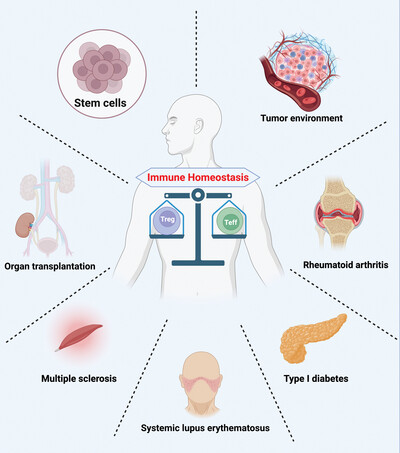
Forkhead box P3 (FOXP3) regulatory T cells (Tregs) play a pivotal role in the maintenance of immune homeostasis and prevention of autoimmunity. Recent studies have suggested that human Tregs are functionally and phenotypically diverse. Here, we discuss that different Tregs subsets are essential for the development of immunotherapeutic strategies involving Tregs in human diseases.
LncRNAs and CircRNAs in cancer
- First Published: 12 May 2022
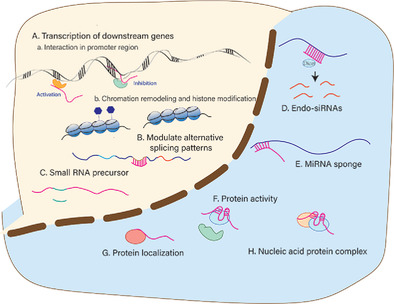
In this study, we comprehensively summarized the latest insights into the lncRNAs in cancer especially neuroblastoma by their functions (i.e., survival rate, proliferation, apoptosis, differentiation, cell cycle, migration, invasion, metastasis, glycolysis, DNA methylation, drug resistance, and susceptibility). The potential clinical applications of lncRNAs as prospective novel biomarkers and therapeutic targets of neuroblastoma were also discussed. In addition, we also briefly highlighted the functions of circular RNAs (circRNAs) in cancer especially neuroblastoma. This review provides a comprehensive landscape of lncRNAs and circRNAs in cancer especially neuroblastoma.
Epithelial–mesenchymal transition: The history, regulatory mechanism, and cancer therapeutic opportunities
- First Published: 18 May 2022
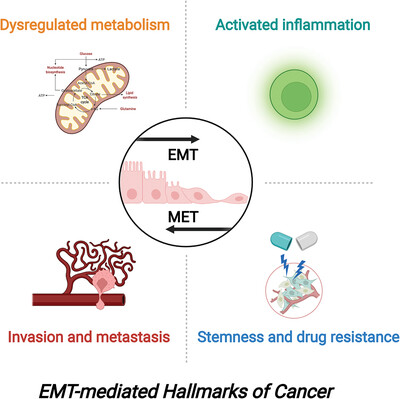
Epithelial–mesenchymal transition contributes to multiple hallmarks of cancer, including metastasis activation, metabolic reprogramming, stemness acquisition, and chronic inflammation, which is regulated by complex signaling network and is highly context dependent. It provides both difficulties and opportunities for cancer treatment via targeting EMT.
Pathogenesis and treatment of multiple myeloma
- First Published: 02 June 2022
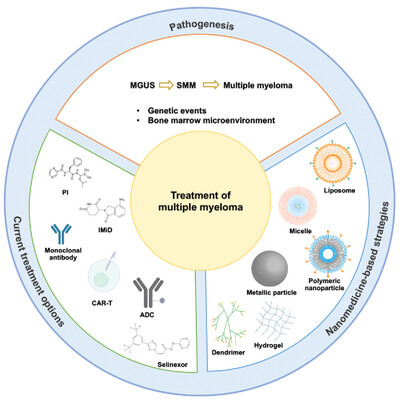
Multiple myeloma (MM) is the second-ranking malignancy in hematological tumors. There has been a significant change in the paradigm for the management of MM. In this review, we summarize the pathogenesis and current treatment options of MM, then overview recent advances in nanomedicine-based systems, aiming to provide more insights into the treatment of MM.
Role of chemokine systems in cancer and inflammatory diseases
- First Published: 08 June 2022
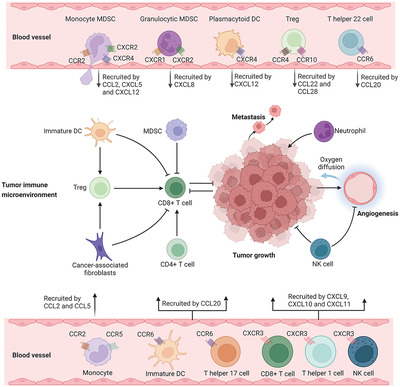
Chemokines are a large family of small secreted proteins that coordinate and recruit immune cells into and out of tissues and to participate in regulating the interactions between immune cells. The chemokine/chemokine receptor axis is involved in the progression of multiple malignancy types and almost all inflammatory diseases. This review summarizes recent advances of chemokine system in antitumor and protumor immune responses and discuss the prevailing understanding of how the chemokine system operates in inflammatory diseases. Modulating the expression of chemokines and/or their corresponding receptors on tumor cells or immune cells provides the basis for the exploitation of new drugs for clinical evaluation in the treatment of related diseases.
ORIGINAL ARTICLES
SENP3-mediated TIP60 deSUMOylation is required for DNA-PKcs activity and DNA damage repair
- First Published: 22 March 2022
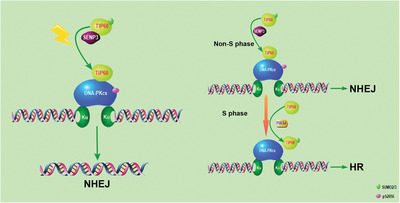
In this study, we reported that TIP60 is quickly deSUMOylated by SENP3 and facilitating its interaction with DNA-PKcs after irradiation, then NHEJ repair was promoted. However, when cells were in S phase, TIP60 was SUMOylated by PIAS4, attenuating its interaction with DNA-PKcs and facilitating the HR pathway.
Antigenicity comparison of SARS-CoV-2 Omicron sublineages with other variants contained multiple mutations in RBD
- First Published: 09 April 2022
Investigation of immune response induction by Japanese encephalitis live-attenuated and chimeric vaccines in mice
- First Published: 06 April 2022
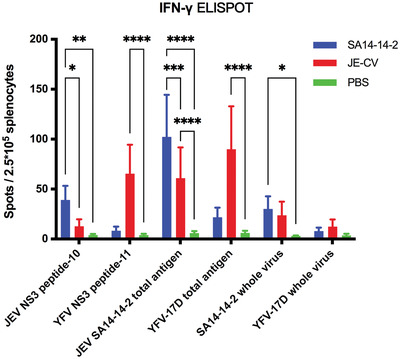
Live-attenuated vaccine SA14-14-2 and chimeric vaccine JE-CV are two kinds of JEV vaccines available worldwide. The satisfied immune protection relays humoral and cellular immunity. The nonstructural proteins of SA14-14-2 can elicit robust T-cell response, but JE-CV lack the nonstructural proteins of JEV. Therefore, using heterologous flaviviruses as backbone is unlikely to induce optimal T-cell response against the vaccine virus.
Characteristic analysis of Omicron-included SARS-CoV-2 variants of concern
- First Published: 09 April 2022

In this study, we first predicted and compared the structure of the S protein and B-cell epitopes of different SARS-CoV-2 variants. Then, the binding ability of different SARS-CoV-2 variant S proteins to angiotensin-converting enzyme 2 (ACE2) cells and the affinity of RBD region to ACE2 were further compared through pseudovirus infection and intermolecular binding ability test. Finally, cell infection experiments were performed. The results unexpectedly showed that Omicron possesses lower ACE2 binding capacity, and lower replication capacity than Delta strain.
Regulation of XPO5 phosphorylation by PP2A in hepatocellular carcinoma
- First Published: 15 April 2022
Deletion of Trp53 and Rb1 in Ctsk-expressing cells drives osteosarcoma progression by activating glucose metabolism and YAP signaling
- First Published: 22 April 2022
Homologous or heterogenous vaccination boosters enhance neutralizing activities against SARS-CoV-2 Omicron BA.1 variant
- First Published: 11 May 2022
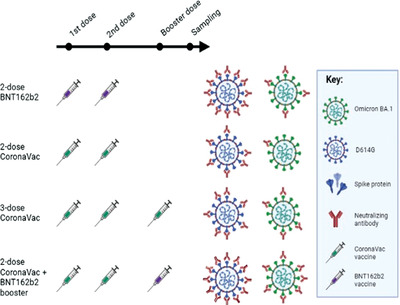
Sera from vaccine recipients of the regimen shown was evaluated for neutralizing activity against Omicron BA.1. All sera showed impaired neutralizing activity against the Omicron BA.1. However, our results show that the efficacy of a heterologous booster regimen (two doses of CoronaVac followed by the BNT162b2 vaccine) elicited stronger neutralizing activity than a homologous booster regimen (three doses of the CoronaVac vaccine) against both D614G and Omicron BA.1 pseudoviruses.
Blockade of mIL-6R alleviated lipopolysaccharide-induced systemic inflammatory response syndrome by suppressing NF-κB-mediated Ccl2 expression and inflammasome activation
- First Published: 06 May 2022
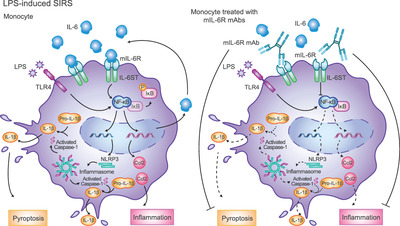
SIRS is characterized by dysregulated cytokine release and inflammatory responses. IL-6R mAbs like Tocilizumab displays therapeutic effects in cytokine release storm and inflammatory diseases but remains unknown in SIRS. To address the issue, we generated the human il-6r knock-in mice and a defined epitope murine anti-human membrane IL-6R (mIL-6R) monoclonal antibody named h-mIL-6R mAb. We found that the h-mIL-6R mAb and Tocilizumab alleviated LPS-induced SIRS in the transgenic mice. Besides, the h-mIL-6R mAb could also inhibit Ccl2 expression and NLRP3-mediated pyroptosis by suppressing the NF-κB signaling pathway. This study indicated that mIL-6R mAbs suppressed NF-κB/Ccl2 signaling and inflammasome activation in LPS-induced inflammatory responses and SIRS.
Programmed death-ligand 1 expression on CD22-specific chimeric antigen receptor-modified T cells weakens antitumor potential
- First Published: 29 May 2022
LETTER TO THE EDITOR
TRPV1, a novel biomarker associated with lung cancer via excluding immune infiltration
- First Published: 23 May 2022
HIGHLIGHTS
A next-generation vaccine for broader and long-lasting COVID-19 protection
- First Published: 02 May 2022




